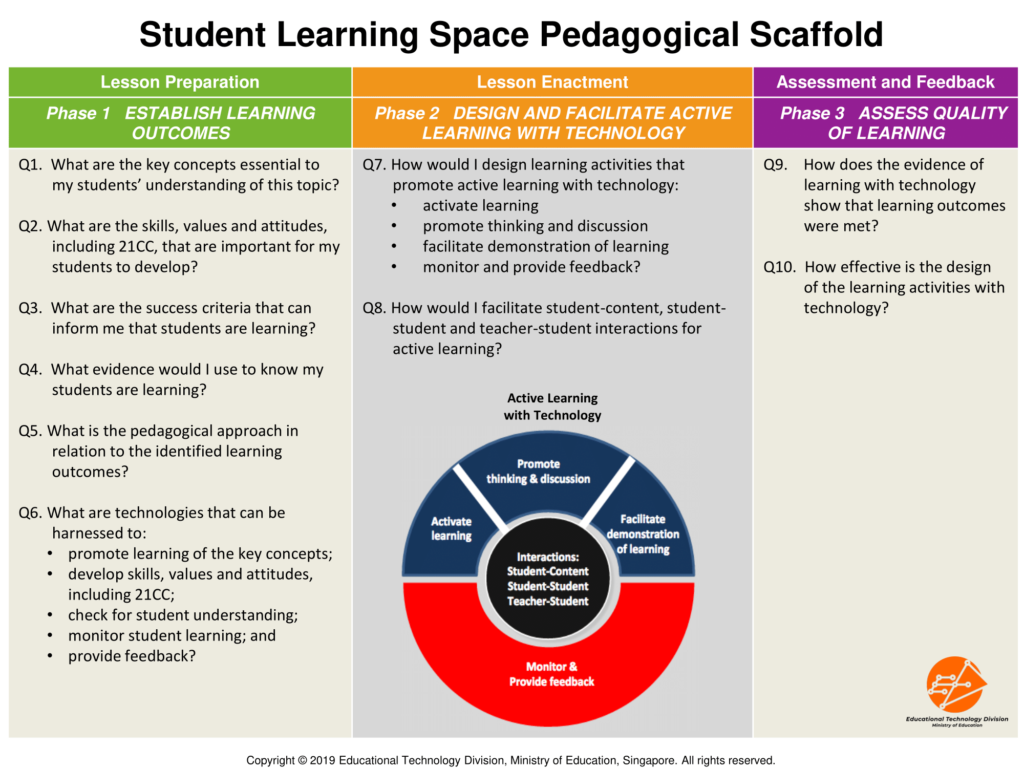To incorporate elements of the Nature of Science in our teaching, we often talk about some of the scientists who have contributed to the discoveries that led to an understanding of the universe, the circumstances and constraints they face, and their attitudes and values. This is an incomplete list of some of the scientists who have their names prominently featuring either as a unit of measure or in a law of physics, classified by the A-level topics. I am compiling this as a quick reference for lesson planning purposes.
Dynamics
- Sir Isaac Newton (1643-1703 English) – Newton’s laws of motion, Newton’s law of gravitation
Forces
- Archimedes of Syracuse (287-212 BC Greek) – principle of the lever, law of buoyancy
- Robert Hooke (1635-1703 English) – Hooke’s law
Energy, Work and Power
- James Watt (1736-1819 Scottish) – improved efficiency of steam engines
- James Prescott Joule (1818-1889 English) – discovered mechanical equivalent of heat
Thermal Physics
- Anders Celsius (1701-1744 Swedish) – proposed (an inverted form of) the Centigrade temperature scale
- Robert Brown (1773-1858 Scottish) – botanist who observed Brownian motion
- Amedeo Avogadro (1776-1856 Italian) – formulated Avogadro’s law
- Lord Kelvin (1824-1907 British) – formulated first and second laws of thermodynamics
- Ludwig Eduard Boltzmann (1844-1906 Austrian) – statistical explanation of second law of thermodynamics, defined entropy
Wave Motion and Superposition
- Étienne-Louis Malus (1775-1812 French) – discovered polarization of light by reflection, double refraction of light in crystals
- Wilhelm Conrad Röntgen (1845-1923 German) – discovered X-rays by accident
- Heinrich Hertz (1857-1894 German) – proved the existence of the electromagnetic waves
- Lord Rayleigh (1842-1919 English) – Rayleigh’s criterion for angular resolution
Electric Fields, Current Electricity and DC Circuits
- Charles-Augustin de Coulomb (1736-1806 French) – discovered Coulomb’s law
- Count Alessandro Volta (1745-1827 Italian) – invented first electric battery
- Andre Marie Ampere (1775-1836 French) – electrodynamics
- Georg Ohm (1789-1854 German) – discovered that current flow is proportional to p.d. and inversely proportional to resistance
- Benjamin Franklin (1785-1788 American) – discovered principle of conservation of charge, kite experiment
Electromagnetism
- Hans Christien Oersted (1777-1851 Danish) – discovered that electric currents create magnetic fields
- Sir John Ambrose Fleming (1849-1945 English) – professor of electrical engineering, establised right-hand rule
Electromagnetic Induction
- Michael Faraday (1791-1867 English) – discovered principle of electromagnetic induction
- Heinrich Friedrich Emil Lenz (1804-1865 German) – formulated Lenz’s law
Alternating Current
- Nikola Tesla (1856-1943, Austrian/American) – designed modern AC supply system
Modern Physics
- Max Karl Planck (1858-1947 German) – quantum theory
- Albert Einstein (1879-1955 German/Swiss/American) – mass-energy equivalence, photoelectric effect, etc.
- Louis de Broglie (1892-1987 French) – wave nature of electrons
- Werner Karl Heisenberg (1901-1976 German) – pioneer in quantum mechanics, uncertainty principle
Nuclear Physics
- Henri Becquerel (1852-1908 French) – discovered evidence of radioactivity
- Pierre Curie (1859-1096 French) – pioneer in radioactivity
- Marie Curie (1867-1934 Polish/French) – pioneer in radioactivity, only woman to win Nobel Prize twice
Like this:
Like Loading...
